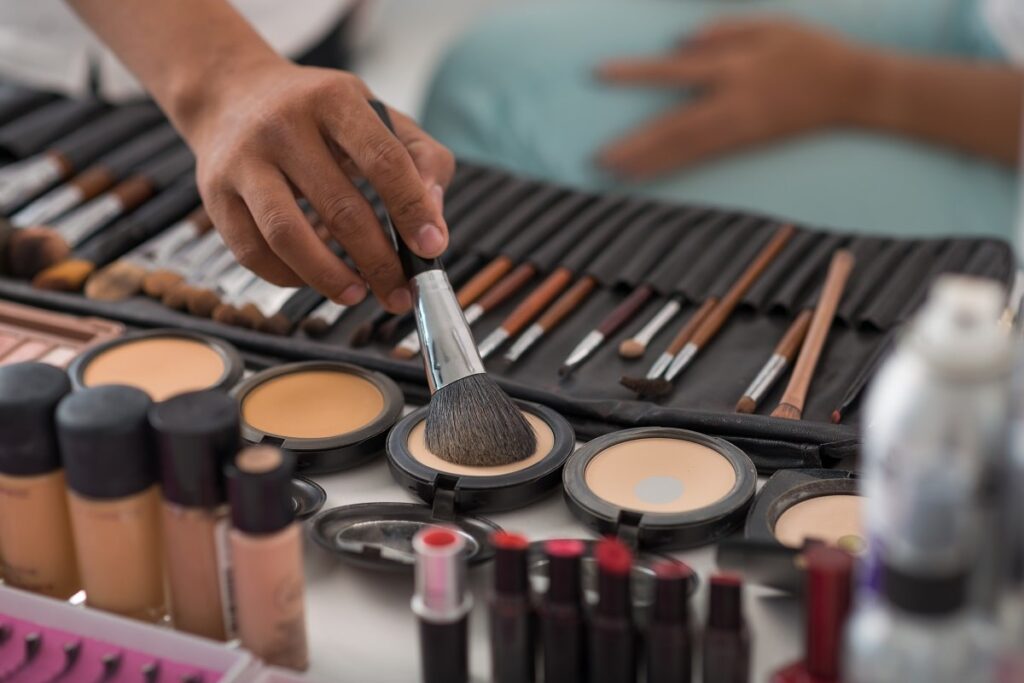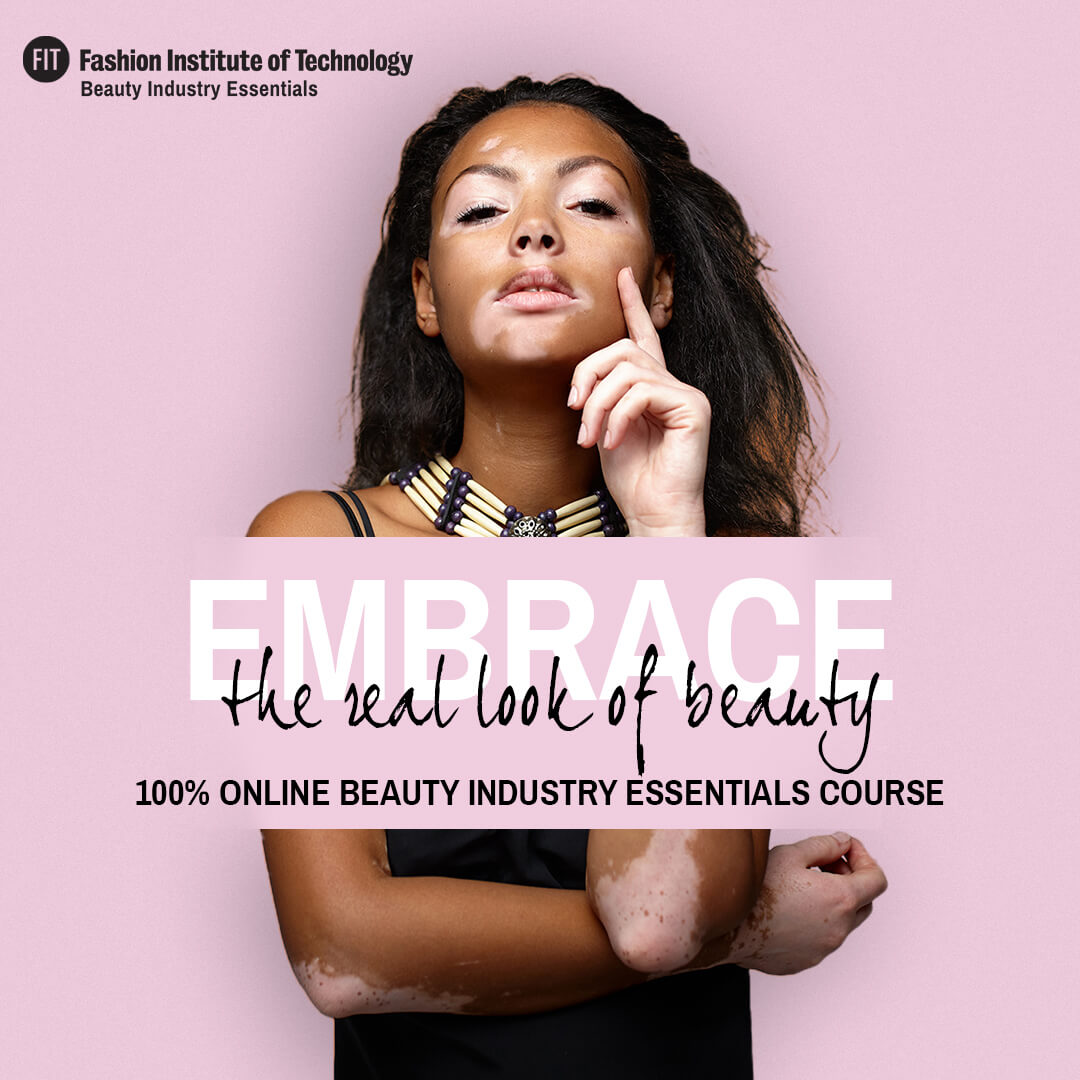Cosmetic product development is a multifaceted process that involves creativity, market research, formulation, testing, and production. For beauty enthusiasts and entrepreneurs looking to venture into the cosmetic industry, understanding the intricacies of product development is crucial for creating successful and innovative beauty products that resonate with consumers.
1. Market Research
Before diving into cosmetic product development, it’s essential to conduct thorough market research to identify trends, consumer preferences, competitor offerings, and gaps in the market. Understanding the needs and desires of your target audience will guide your product development strategy and help you create beauty products that meet market demands.
2. Concept Development
Once you have a clear understanding of the market landscape, it’s time to brainstorm and develop unique product concepts. Consider factors such as target audience, product positioning, benefits, packaging, and branding to create a compelling concept that aligns with your brand identity and resonates with consumers.
3. Formulation
Formulation is a critical aspect of cosmetic product development, where the right combination of ingredients is key to creating effective and safe beauty products. Work with cosmetic chemists or formulators to develop formulas that deliver the desired performance, texture, fragrance, and skincare benefits while adhering to regulatory standards.
4. Testing and Evaluation
Before launching a cosmetic product, thorough testing and evaluation are essential to ensure product safety, efficacy, stability, and compatibility. Conducting patch tests, stability tests, microbial tests, and consumer trials will help identify any potential issues and refine the product formulation before it reaches the market.
5. Packaging and Design
Packaging plays a significant role in the success of a cosmetic product, as it not only protects the product but also serves as a marketing tool to attract consumers. Invest in eye-catching and functional packaging design that reflects the brand identity, communicates product benefits, and enhances the overall user experience.
6. Regulatory Compliance
Navigating the regulatory landscape is crucial in cosmetic product development to ensure compliance with local and international regulations. Familiarize yourself with cosmetic regulations, ingredient restrictions, labeling requirements, and safety standards to avoid legal issues and protect consumer health.
7. Production and Manufacturing
Once the formulation, testing, and packaging are finalized, it’s time to move into production and manufacturing. Partner with reputable manufacturers or consider in-house production to scale up production volumes while maintaining product quality, consistency, and cost-effectiveness.
8. Marketing and Launch
To successfully introduce a new cosmetic product to the market, develop a comprehensive marketing strategy that includes branding, promotion, distribution channels, influencer partnerships, and customer engagement. Create buzz around the product launch through social media, press releases, events, and collaborations to generate excitement and drive sales.
9. Feedback and Iteration
After the product launch, gather feedback from customers, retailers, and industry experts to evaluate the product’s performance, consumer satisfaction, and market reception. Use this feedback to iterate on the product, address any issues or concerns, and continuously improve product offerings to meet evolving consumer preferences.
10. Sustainability and Innovation
In today’s beauty industry, sustainability and innovation are key drivers of success. Consider incorporating sustainable practices, eco-friendly packaging, clean ingredients, and innovative technologies into your cosmetic product development process to appeal to environmentally conscious consumers and stay ahead of industry trends.
Conclusion
By following these essential steps in cosmetic product development, you can create high-quality, market-driven beauty products that resonate with consumers, differentiate your brand in a competitive market, and drive business growth.
Stay informed about industry trends, consumer preferences, and technological advancements to continuously innovate and evolve your product offerings in the dynamic beauty industry.
Key Takeaways:
- Cosmetic product development is a complex process involving market research, formulation, testing, and strategic planning.
- Market research is the foundation, helping identify trends, consumer needs, and market gaps to shape effective product strategies.
- Concept development should align with brand identity, focusing on target audience, product benefits, and packaging appeal.
- Formulation is a critical stage, requiring collaboration with cosmetic chemists to ensure performance, safety, and compliance.
- Thorough product testing (e.g., stability, safety, and user trials) ensures the product is effective and safe before launch.
- Packaging design plays a dual role—protecting the product and serving as a marketing tool to attract and inform consumers.
- Regulatory compliance is essential to meet legal standards, avoid penalties, and ensure consumer safety across regions.
- Production and manufacturing require reliable partnerships or in-house solutions to ensure quality, scalability, and cost control.
- A strong marketing and launch strategy—including branding, social media, and influencer outreach—drives awareness and sales.
- Post-launch feedback is invaluable for refining products, resolving issues, and improving future offerings.
- Sustainability and innovation are vital, with growing consumer demand for eco-friendly packaging, clean ingredients, and cutting-edge solutions.
- Continual learning and adaptation help beauty brands stay competitive and relevant in a fast-evolving industry.
To further enhance your knowledge and skills in the beauty industry, consider exploring the FIT Beauty Industry Essentials online course and certificate program offered by Yellowbrick.








